October 2, 2018
On a cold, dreary day, with a damp, spongy, bumpy course, you recorded 10 personal best times, 3 near personal best times, and earned 5 medals. The boys team finished 3rd out of 19 teams.
October 2, 2018
On a cold, dreary day, with a damp, spongy, bumpy course, you recorded 10 personal best times, 3 near personal best times, and earned 5 medals. The boys team finished 3rd out of 19 teams.
September 27, 2018
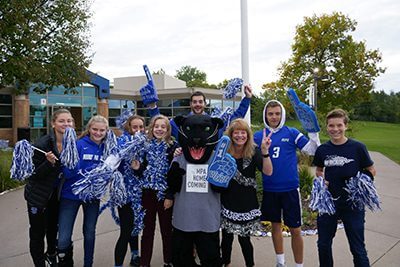 It’s Homecoming! Fall has arrived, campus-wide Homecoming decorations are underway, and the Panther even made a guest appearance at the South Entrance this morning.
It’s Homecoming! Fall has arrived, campus-wide Homecoming decorations are underway, and the Panther even made a guest appearance at the South Entrance this morning.
We can’t wait for you to join us for a full day of activities and athletic events this Saturday, September 29. The day starts bright and early with our 200M Fun Run at 8:30 AM, followed immediately by our 2-Mile race. Join us in the Lansing Center for coffee and breakfast treats at the Concessions stand, hosted by the MPA Spirit Committee. Head into the Lansing Center at 9 AM to hear our 3rd and 4th graders sing the National Anthem to kick off our annual Volleyball tournament. Go back outside and warm up as you race a friend through the obstacle course bouncy house. Make your way over to the tennis courts to cheer on our Panthers as they compete against Cretin Derham Hall and Woodbury! After tennis, go to the big tent and decorate your face, get a tattoo, pick up a t-shirt, claim a frisbee, or sip from a Homecoming cup. Read More
September 22, 2018
You took advantage of some splendid running weather to earn 2 trophies and 2 ribbons and record 10 personal best times!
A Homecoming Surprise At The Finish Line
September 20, 2018
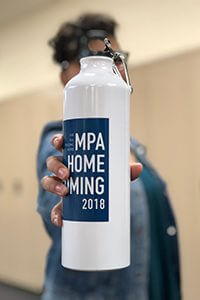 There is only one more week until Homecoming, and the joy begins at the starting line of the Homecoming Fun Run on Saturday, September 29! The MPA Cross Country team is hosting a 200M run at 8:30 AM. It’s the perfect opportunity for our younger students to participate in the festivities and run with the Panthers! Immediately following the 200M Fun Run, we are hosting a 2-mile race that is open to the entire community. All run participants will receive a limited edition aluminum MPA water bottle, energizing snacks, and plenty of water!
There is only one more week until Homecoming, and the joy begins at the starting line of the Homecoming Fun Run on Saturday, September 29! The MPA Cross Country team is hosting a 200M run at 8:30 AM. It’s the perfect opportunity for our younger students to participate in the festivities and run with the Panthers! Immediately following the 200M Fun Run, we are hosting a 2-mile race that is open to the entire community. All run participants will receive a limited edition aluminum MPA water bottle, energizing snacks, and plenty of water!
The Upper School Student Council also designed t-shirts for all our 9th through 12th graders! The Lower and Middle Schoolers will get specially designed t-shirts next week in their classrooms/Advisories. We hope our entire student body will wear their t-shirts in celebration next Friday for our Homecoming Pep Rally! Everyone is invited so please join us at 2:20 PM on Friday, September 28 in the Lansing Center.
Rain or shine, we will celebrate our community with a full day of events. Come to campus to catch up with friends, cheer on our Panther athletes, race against other Panthers in our Fun Runs, jump in a bouncy house, get your picture taken, or play lawn games. This year we’ll be featuring the Panther Beanbag Toss, the game Kubb, and Frisbee Golf. And don’t forget to cool off with a Jonny Pop after you’re done playing and cheering! We hope to see you all there! Click here for the full schedule of events. We still have opportunities available to volunteer at Homecoming 2018, too! You can be a part of making this event special by volunteering your time during the day. Email Ilse Larsen at ilarsen@moundsparkacademy.org with any questions and sign up to volunteer here!
September 19, 2018
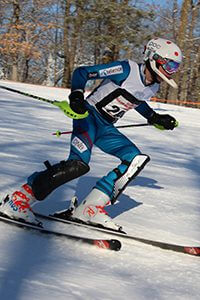 Registration for the 2018-2019 winter sports season is now open! There are so many opportunities to join the Panthers and be a part of a team at MPA!
Registration for the 2018-2019 winter sports season is now open! There are so many opportunities to join the Panthers and be a part of a team at MPA!
Take a look below to explore and visit moundsparkacademy.org/athletics to register. The deadline is September 27, 2018. We can’t wait to see you out there on the course, court, or rink!
Boys and Girls Alpine Ski: Grades 6-12
Boys and Girls Nordic Ski: Grades 6-12
Boys Basketball: Grades 5-6, 7-8, and 9-12
Girls Basketball: Grades 5-6, 7-8, and 9-12
Boys Hockey: Grades 9-12
September 13, 2018
Racing is much more than running faster. You raced very well today to earn two team runner up finishes to very good teams. Read More
September 8, 2018
On a near perfect day for running, you earned 10 personal best times, 4 near personal best times, and earned 6 t-shirts for top ten finishes!
September 6, 2018
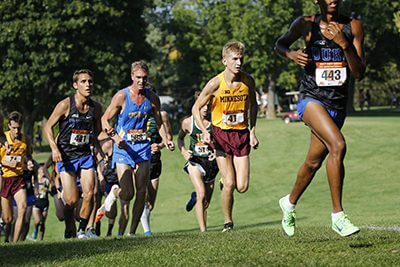 Two MPA Class of 2015 alumni recently made NCAA headlines! Sisley Ng ’15 and Evan Ferlic ’15 were both named team captains for their 2018 athletic seasons. We are so proud to call them Panthers and to celebrate their leadership!
Two MPA Class of 2015 alumni recently made NCAA headlines! Sisley Ng ’15 and Evan Ferlic ’15 were both named team captains for their 2018 athletic seasons. We are so proud to call them Panthers and to celebrate their leadership!
Sisley is a goalkeeper for the University of Minnesota Duluth’s soccer team. After graduating from MPA, Sisley began her collegiate soccer career as a walk-on freshman just days before the start of the 2015 season. She was honored as the Bulldogs’ most valuable player and has played a huge role in keeping up their “10-win season” streak. As she begins her senior year with the team, Sisley looks to rank in UMD’s career shutouts and in all-time saves. Read the full article from the University here! Read More
Sign Up to Volunteer at Homecoming!
September 5, 2018
Sign up to volunteer at MPA’s Homecoming 2018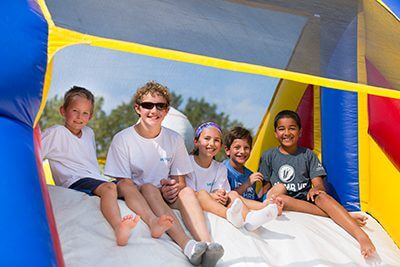 ! We need your support to make this exciting event succeed. This fun-filled weekend has so many activities going on including fun runs, bounce houses, lawn games, athletic competitions, alumni events, and much more. This incredible weekend for every member of our community would not be possible without the generosity of volunteers who give of their time on Saturday, September 29. If you have an hour or two to spare, volunteering is a great way to get involved with the event and MPA! Read More
! We need your support to make this exciting event succeed. This fun-filled weekend has so many activities going on including fun runs, bounce houses, lawn games, athletic competitions, alumni events, and much more. This incredible weekend for every member of our community would not be possible without the generosity of volunteers who give of their time on Saturday, September 29. If you have an hour or two to spare, volunteering is a great way to get involved with the event and MPA! Read More